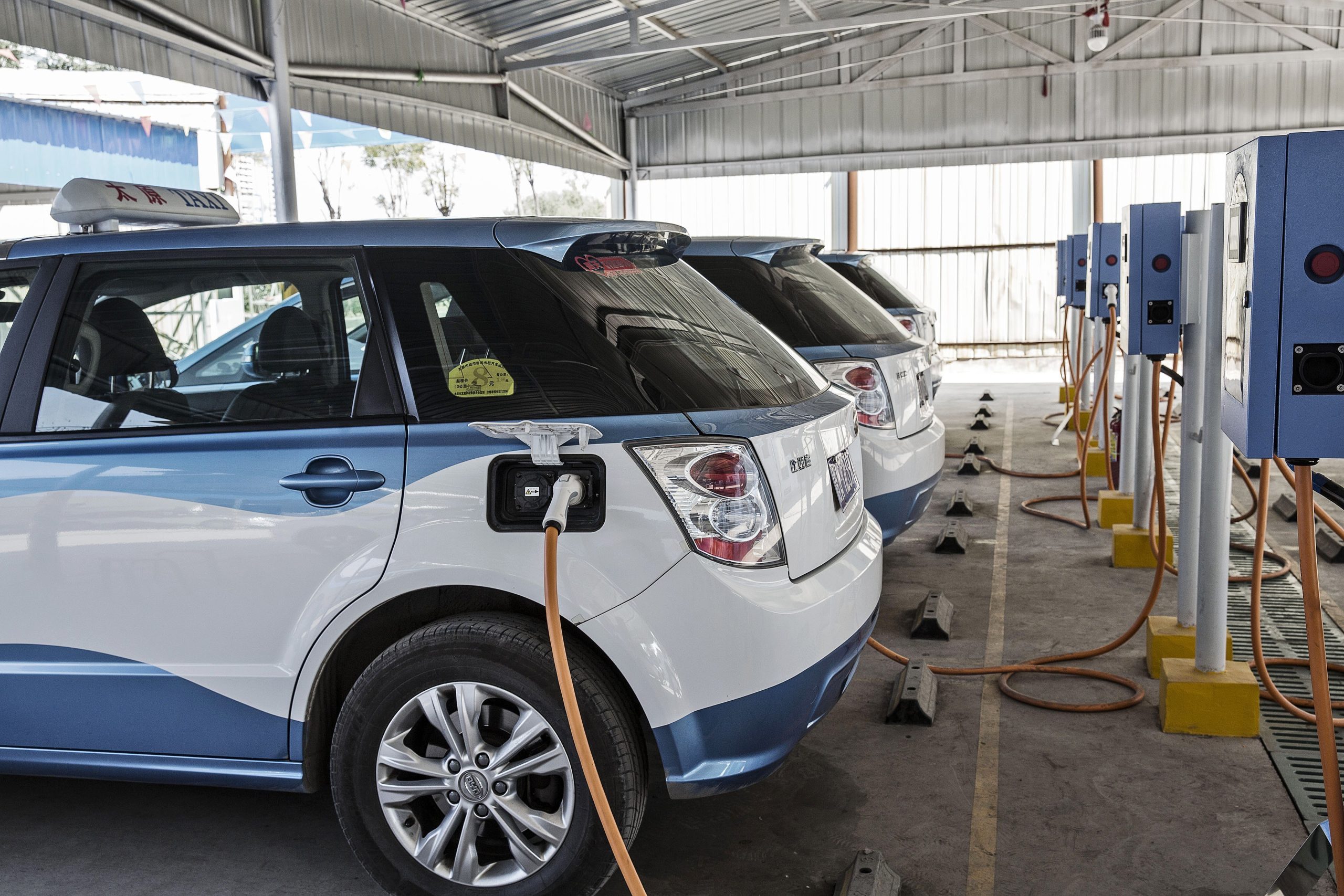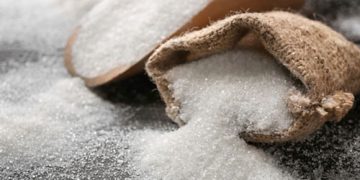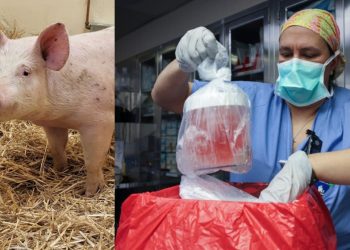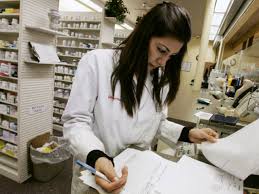UNICEF has answered the most common FAQs for general public on how to keep the pathogen at bay while staying at home.
The extensive information bombarded by media left, right and center has led people to become uncertain of safety standards involved in usual day-to-day household tasks. Families, especially parents, are struggling to filter misinformation from relevant advice.
The UNESCO advisory is a helpful tool in warding off myth from truth while performing usual household errands like laundry and handling food.
The official website of the United Nations International Children’s Emergency Fund has provided comprehensive information classified as personal hygiene, cleaning around the home, cleaning clothes and handling and preparing food.
The COVID-19 virus is known to be transmitted through direct contact with respiratory droplets of an infected person (through coughing and sneezing), and touching surfaces contaminated with the virus. The pathogen may survive on surfaces for a few hours up to several days.
The UNICEF says there is good news that disinfectant can take care of the virus. However, how homes can be disinfected conveniently?
The personal hygiene tips include:
Not touching your face, eyes or mouth
Avoiding coughing or sneezing into your hands
Using elbows to cover a sneeze or cough
Maintaining social distance
Frequent washing of hands for at least 20-30 seconds
It is important to wash hands after cleaning nose, sneeze into a tissue, using restroom, leaving and returning home, before preparing or eating food, applying make-up, handling contact lenses etc.
A hand sanitizer must contain at least 60 per cent alcohol. The product should be applied on all parts of the hands and rubbed for 20-30 seconds until hands feel dry. Washing with soap and water is always better.
The advisory also adds that cold water and warm water are equally effective at killing germs and viruses.
Cleaning and disinfecting often-touched surfaces in your home regularly is an important precaution to lower the risk of infection.
Frequently touched surfaces include door handles, tables, chairs, handrails, kitchen and bathroom surfaces, taps, toilets, light switches, mobile phones, computers, tablets, keyboards, remote controls, game controllers and favourite toys
Governments provide names of approved disinfectant products which are safe to use at home. First clean the dirty surface with soap or detergent and water. Then use a disinfectant product containing alcohol (of around 70 per cent) or bleach. Vinegar and other natural products are not recommended.
In many places it can be difficult to find disinfectant sprays and wipes. In such cases, continue to clean with soap and water. Diluted household bleach solutions may also be used on some surfaces.
It’s
important not to wipe cleaning solutions off as soon as you’ve applied it to a
surface. Many disinfectant products, such as wipes and sprays, need to stay wet
on a surface for several minutes in order to be effective. Always read the
directions to make sure you’re using the products as recommended and to avoid
damaging sensitive items such as mobile phones and other electronic devices.
Consider using wipeable covers for electronics.
It is currently unclear how long the COVID-19 virus can survive on fabric, but many items of clothing have plastic and metal elements on which it might live for a few hours to several days.
Exercise caution and common sense. Good practices to consider include removing your shoes when you enter your home and changing into clean clothes when you return home after being in crowded places, and washing your hands with soap and water immediately afterwards.
Wash bed sheets, towels and clothes regularly.
Don’t shake dirty laundry to minimize the possibility of dispersing the virus through the air.
Launder items with soap or detergent, using the warmest appropriate water setting and dry items completely — both steps help to kill the virus.
Wash your hands with soap and water, or use an alcohol-based hand rub, immediately afterwards.
Wash or disinfect your laundry bag and hamper as well. Consider storing laundry in disposable bags.
While at present there is no evidence of people catching the COVID-19 virus from food or food packaging, it may be possible that people can become infected by touching a surface or object contaminated by the virus and then touching their face.
The greater risk comes from being in close contact with other people while outside food shopping or receiving a food delivery (as receiving any delivery in areas with local transmission). As always, good hygiene is important when handling food to prevent any food-borne illnesses.
Remove any unnecessary packaging and dispose into a waste bin with a lid.
Remove food from take-out containers, place on a clean plate and dispose of the container.
Packaging like cans can be wiped clean with a disinfectant before being opened or stored.
Wash unpackaged produce, such as fruit and vegetables, thoroughly under running water.
Wash your hands with soap and water, or use an alcohol-based hand rub, immediately afterwards.
Wash your hands thoroughly with soap and water for at least 20 seconds before preparing any food.
Use separate chopping boards to prepare uncooked meat and fish.
Cook food to the recommended temperature.
Where possible, keep perishable items refrigerated or frozen, and pay attention to product expiry dates.
Aim to recycle or dispose of food waste and packaging in an appropriate and sanitary manner, avoiding build-up of refuse which could attract pests.
Wash your hands with soap and water for at least 20 seconds before eating and make sure your children do the same.
Always use clean utensils and plates.



















































